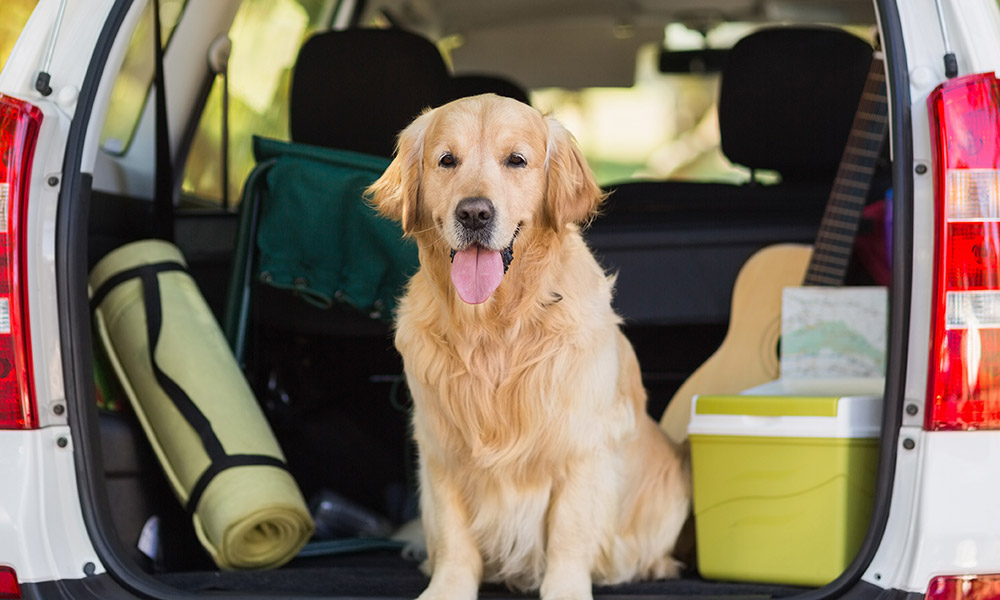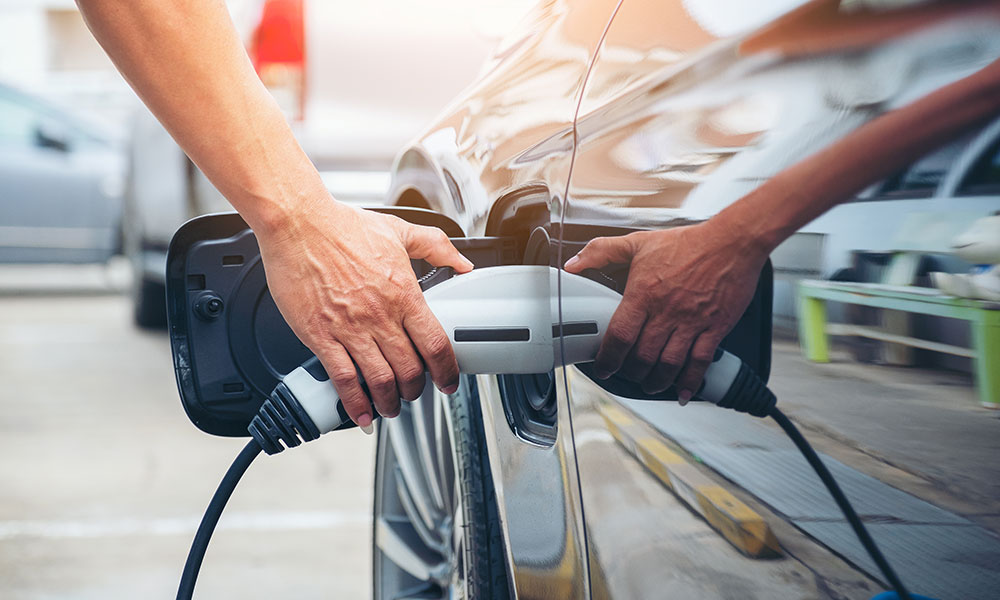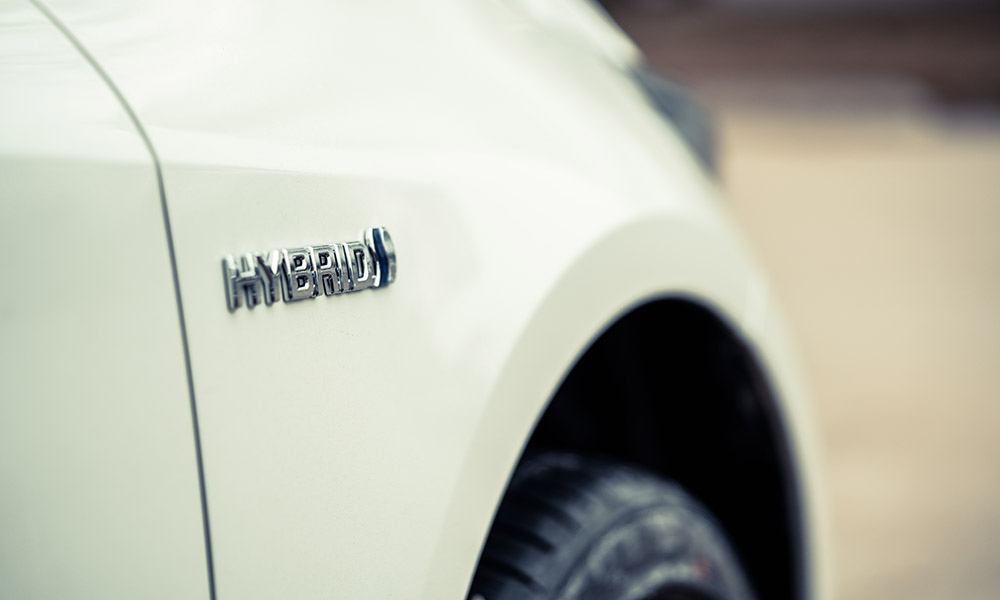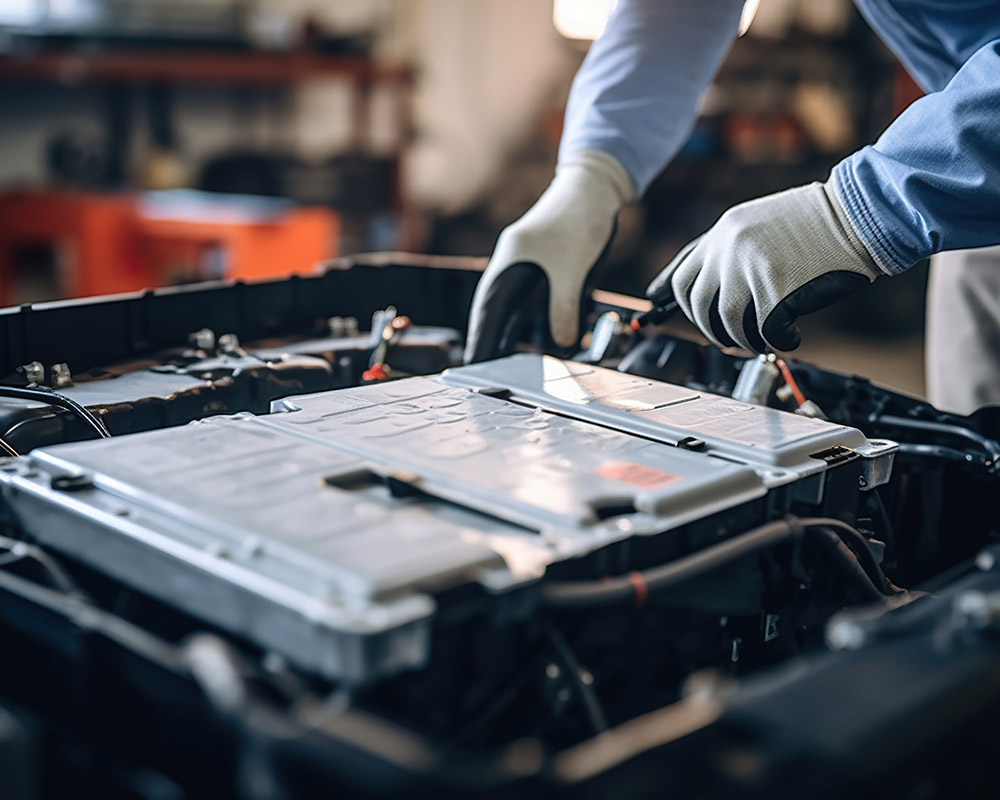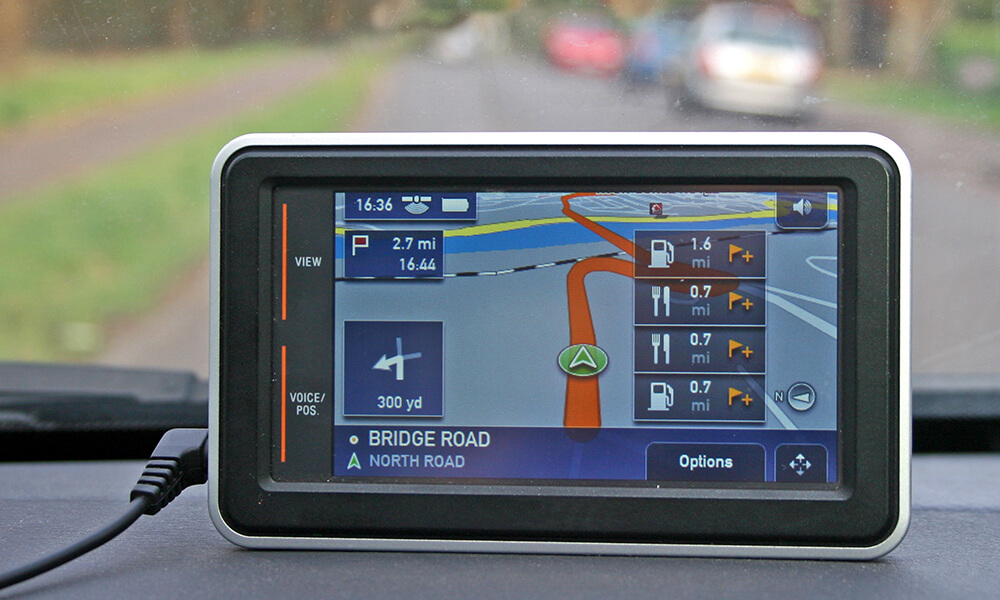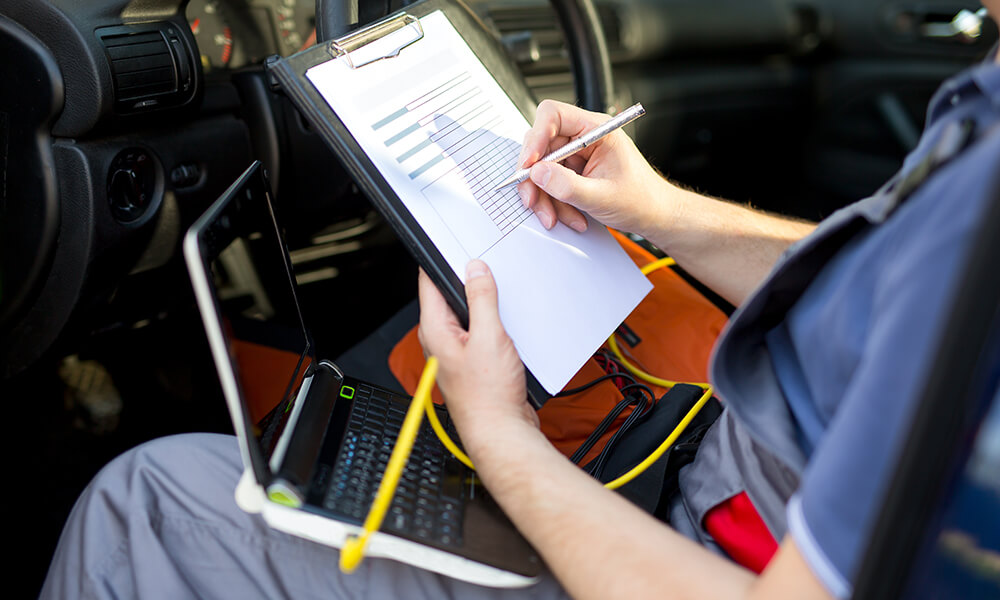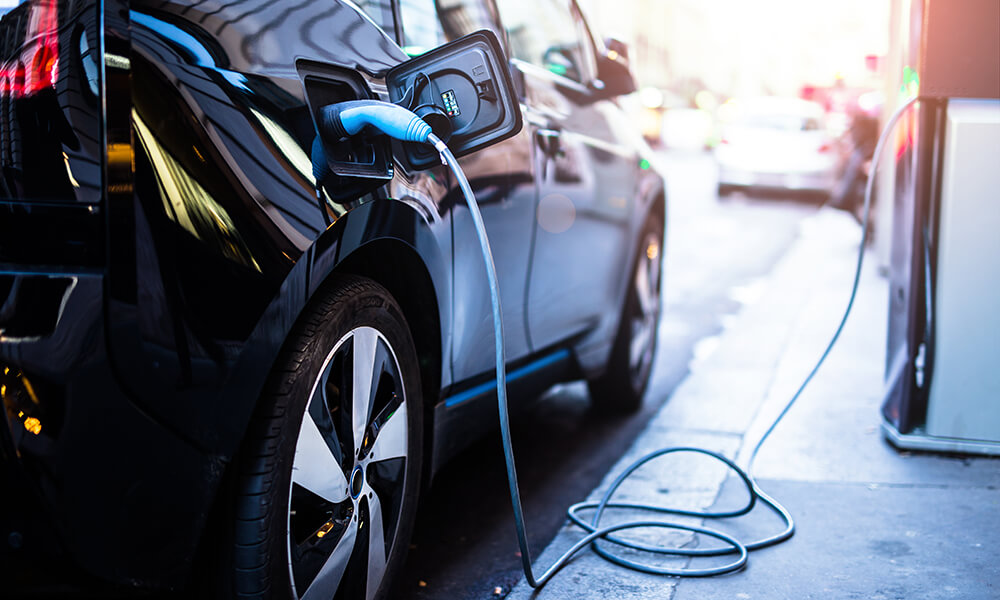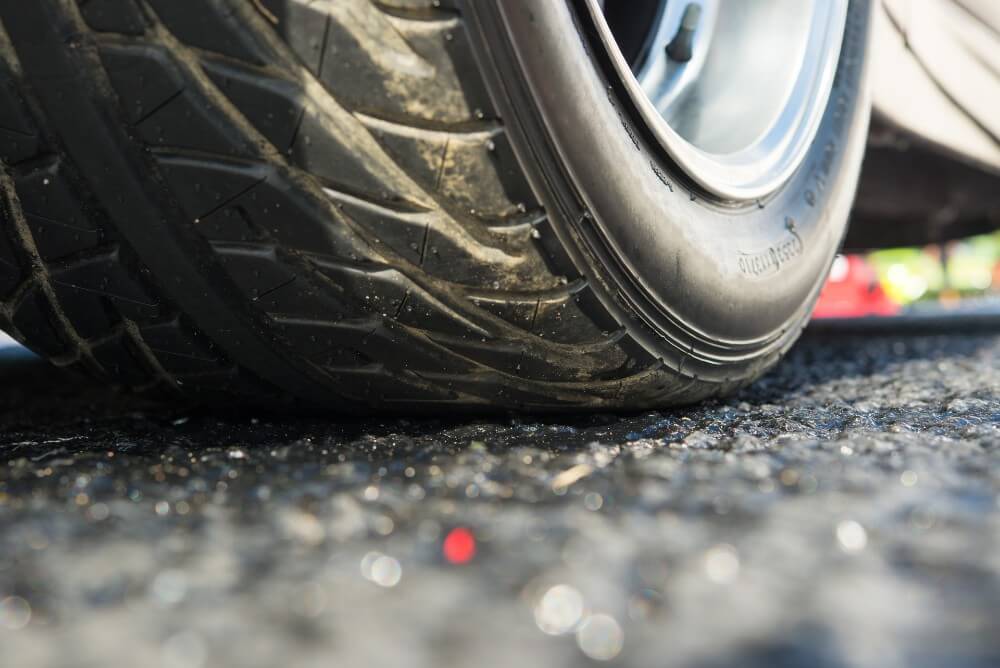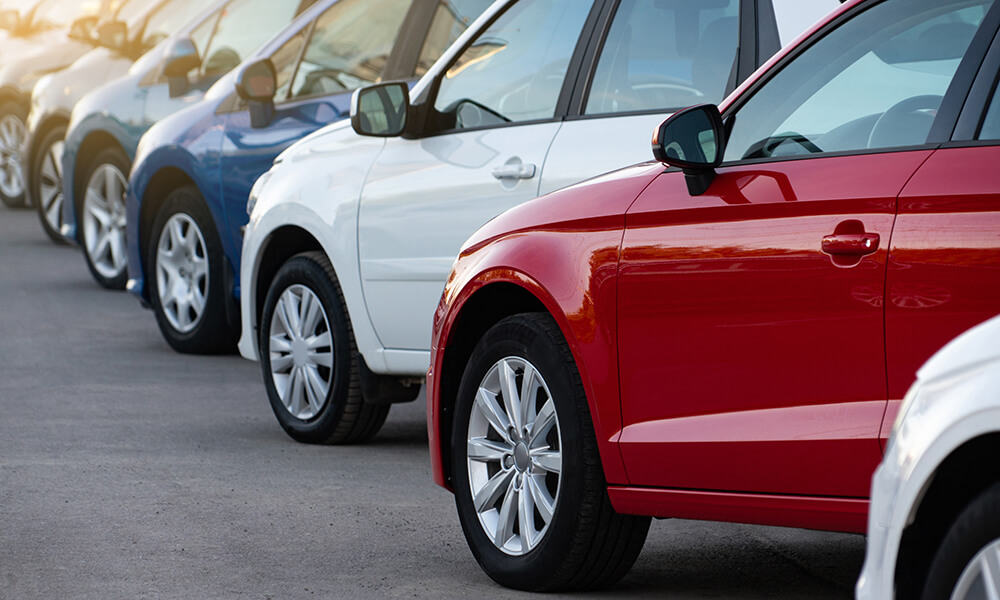Driving safety features you should know about

Today’s cars come with an abundance of safety features, with continuous improvements being made every year. Some are well known and advertised, but some features fly under the radar, keeping you safe without you realising.
It can be tricky to define what counts as a safety feature; after all, simply keeping your car in good working order can be one of the best things you can do for the safety of you and your passengers.
Similarly, many of the newer safety features aren’t standardised, which means while you may own two cars with similar safety features, how they function and how effective they are depends entirely on the make and model.
Safety features can be split into two separate categories, passive and active. Passive involves things designed to protect passengers after a crash, and active safety features will try to prevent a collision before it happens. It’s always helpful to understand how your car works and what you can expect from it, but never more so than when it comes to your car safety features.
Common passive safety features in your car
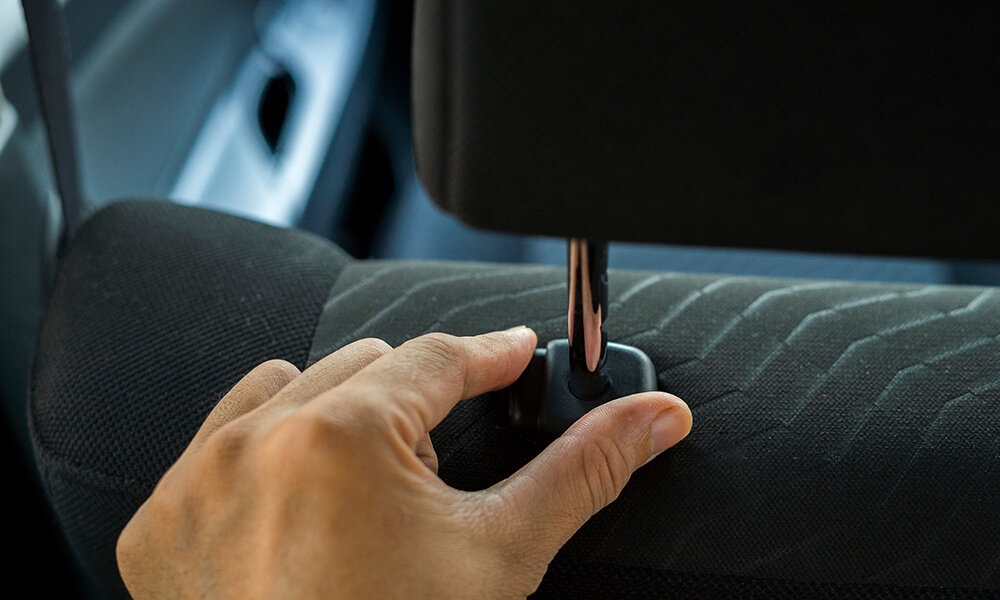
Whether you’re purchasing a new vehicle or a second hand one, you want to be sure your car’s safety features are fully functional and, should the worst happen, will keep you safe in the event of a road accident. Some of the most common passive safety features include the following:
Strong shell
Sometimes the most crucial safety feature of your vehicle is the one that’s been right under your nose all along. A car with a strong shell can make all the difference in an accident; the body around you serves as the first and foremost defence against incoming objects. By researching your vehicle before you purchase it, you can find your car’s Euro NCAP car safety rating and factor it into your purchasing decisions.
The safety rating of a car changes depending on the make and model. You can find your vehicle’s Euro NCAP safety rating on their website here, where you can find the breakdown safety scores for adult and child occupants.
Dual-stage Airbags
One of the most well-known pieces of passive protection, the airbag can make all the difference in a collision. Reducing what could be a fatal injury to a minor one in the event of a crash at 40mph. Now found in almost all cars, airbags operate when sensors register deceleration rates and fire the bags to cushion the impact between the occupant and the car’s interior.
Dual-stage airbags have fine-tuned the airbag, resulting in a different response to match the severity of the crash. For example, if the car sensor recognises a light impact, the airbag will inflate at a slower speed to reduce the likelihood of airbag-related injuries. Similarly, sensors in the seat recognise the position of passengers and inflate the airbag to match accordingly.
Airbags have been proven to save lives, with a US study showing that airbags reduced driver and front passenger fatalities by roughly 30%.
Seat-mounted and side curtain airbags
Seat-mounted and side curtain airbags work precisely in the same way as your steering wheel airbag but serve to protect drivers and passengers from a variety of angles. Their availability differs on make and model and may only be offered as an option, especially for the rear seats. If you’re buying an MPV, it’s worth checking the curtain airbags extend to the third row as this can vary between manufacturers.
Headrests
Designed to prevent whiplash injuries, headrests are most effective when your vehicle is shunted from behind. However, they must also be adequately adjusted to help prevent injury. Headrests should be adjusted to suit passengers of all heights, with the top of the headrest in line with the top of the person’s head. The headrest should also be no more than an inch away from a person’s head when in their seat.
Whiplash is a neck injury caused by bending the neck backwards and then forwards rapidly, or vice versa, leaving the muscles, ligaments and tendons in the neck strained and damaged. It typically improves within 2 to 3 months.
Pre-tensioned and load limited seat belts
Pre-tensioners in your seatbelt take up any slack when they detect a crash is imminent to keep you in your seat. Load limiters are designed to let the belt stretch slightly to prevent injury as the collision occurs so that pressure is distributed more evenly over the ribcage.
Common active safety features in your car
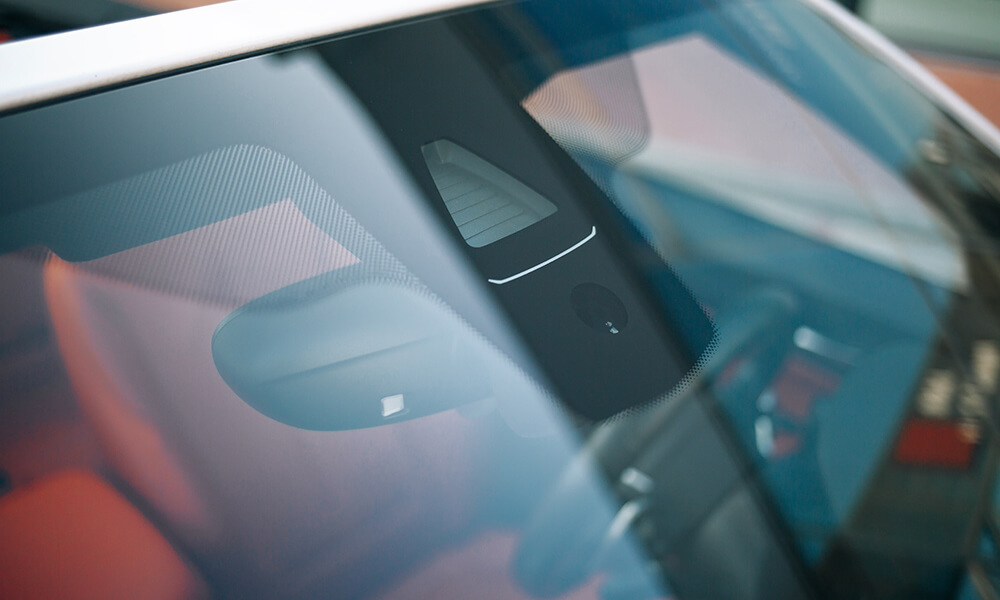
As technology advances and more and more vehicles have some form of electronic or smart tech on board, the active safety features found in cars have begun to grow increasingly intelligent and varied. Combining sensors, cameras and communication, it’s not uncommon for vehicles to detect obstacles and avoid them automatically with the advent of self-driving technology.
Electronic stability control (ESC)
A recent development in vehicle safety, ESC is software that can automatically reduce engine power and operate individual brakes, depending on the system fitted. It does this if it detects that the car will skid or lose stability. Some studies have shown that ESC could prevent almost a third of all road accidents, which is why manufacturers are now required to install ESCs on all cars.
By taking control of brakes and engine power in dangerous situations, electronic stability control can aid drivers in tricky conditions to prevent collisions.
Autonomous emergency braking (AEB)
Increasingly fitted as standard, AEB uses various car sensors, including proximity sensors and cameras, to monitor the road ahead. If it spots an oncoming collision, AEB will alert the vehicle’s driver. If the driver fails to take action, the car will automatically perform an emergency stop, which can prevent a collision at slower speeds.
Electronic brake-force distribution (EBD)
EBD automatically distributes the braking force between wheels, building on the existing anti-lock brakes. This works to minimise stopping distances in a predictable manner and in a straight line.
Technically, EBD is a development of ABS, so they work in tandem. With automatic braking systems (ABS) preventing the wheels from locking up, EBD distributes braking force equally between the four wheels.
Adaptive cruise control & lane-keeping technology
Both technologies are an advancement towards autonomous vehicles, with the car monitoring the environment around you to keep you safe. Adaptive cruise control relies on a radar system to maintain a set distance between you and the vehicle in front. Should the car in front slow down, the system will automatically reduce the vehicle’s speed to match, and it will then speed up back to the previous speed if the car in front moves out of the way. Some more advanced versions can even operate in slow traffic.
Lane-keeping technology operates as you might expect, alerting the driver that their car is drifting towards the edge of their lane on the motorway without indicating either through an audible warning or haptic feedback.
Some advanced systems will automatically make steering adjustments to keep you in the right lane. However, it’s important to stress that these systems are meant as aids and not a form of autonomous driving.
If you’re looking for advice or want to have your (active or passive) safety systems serviced, you can contact your local Vasstech garage.


